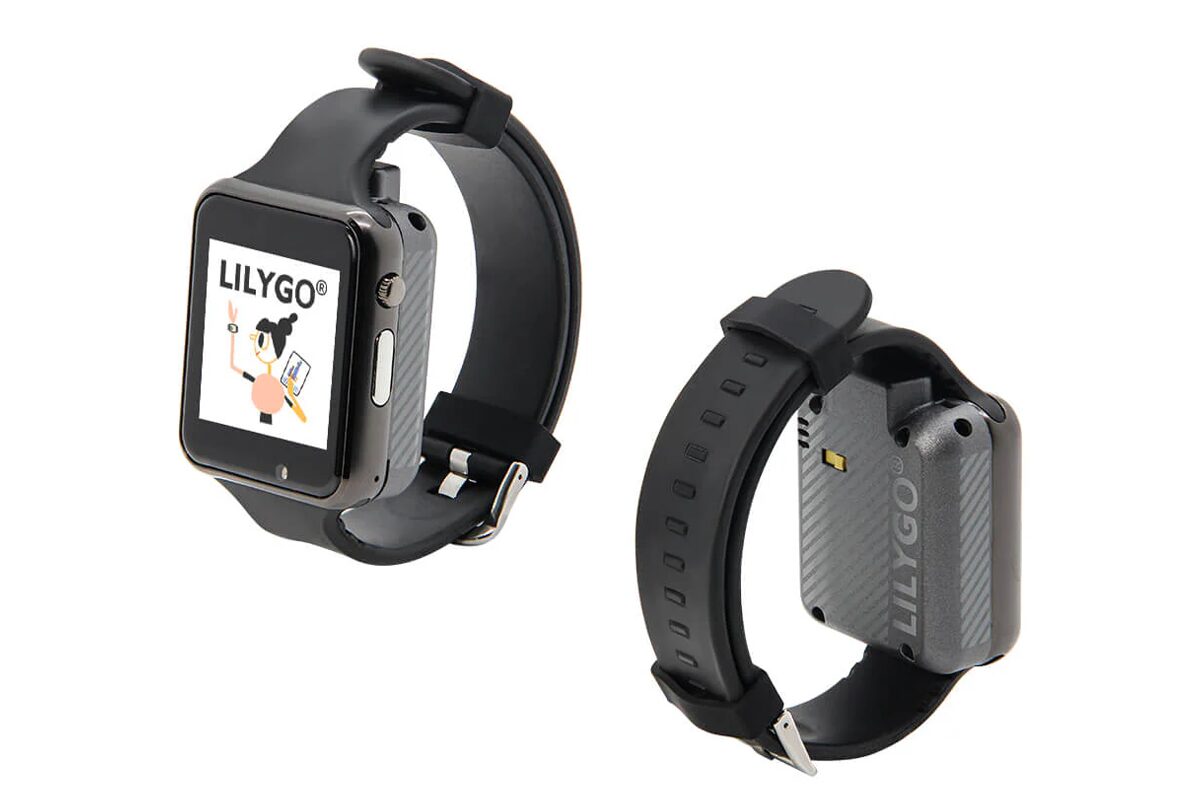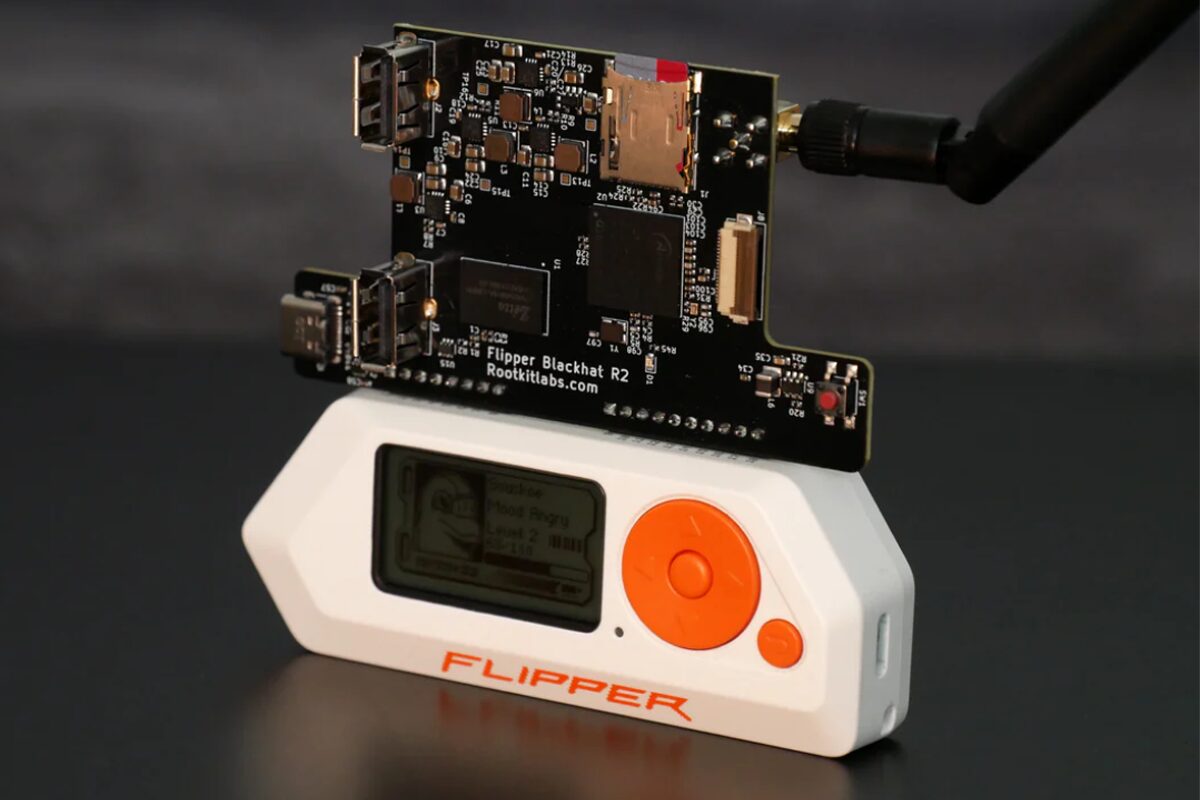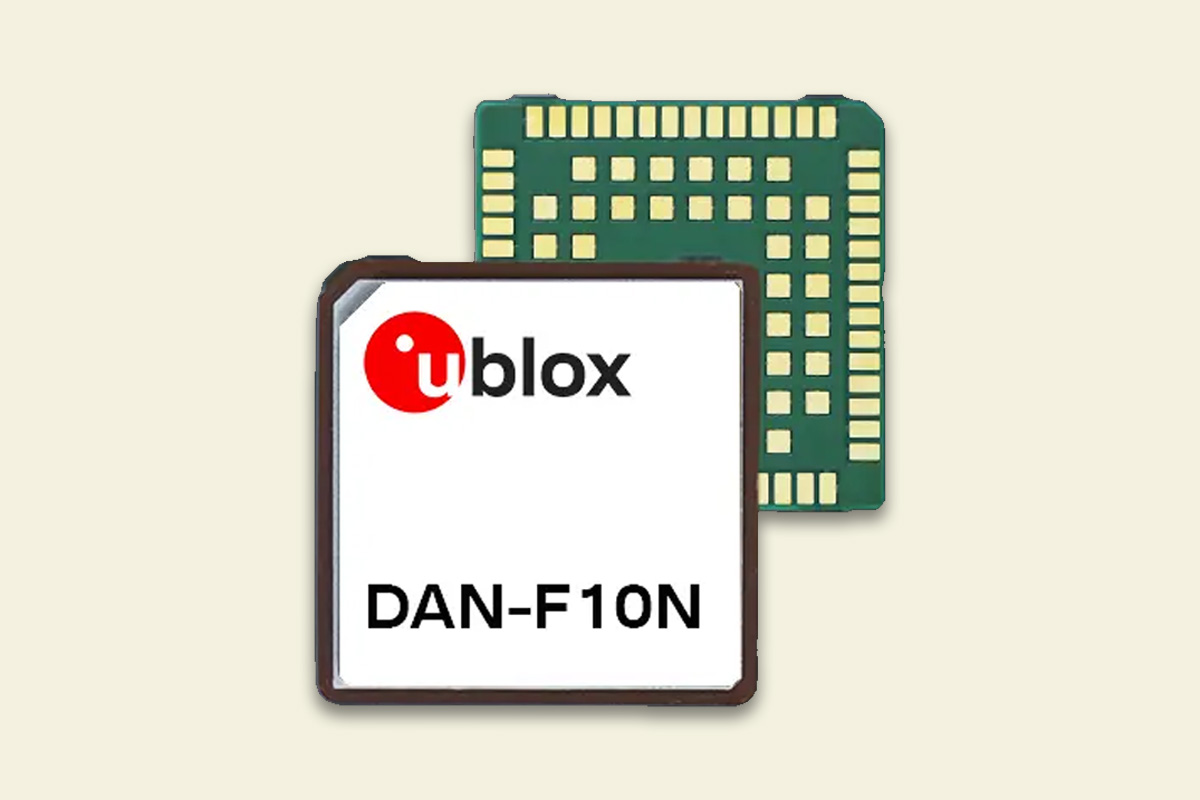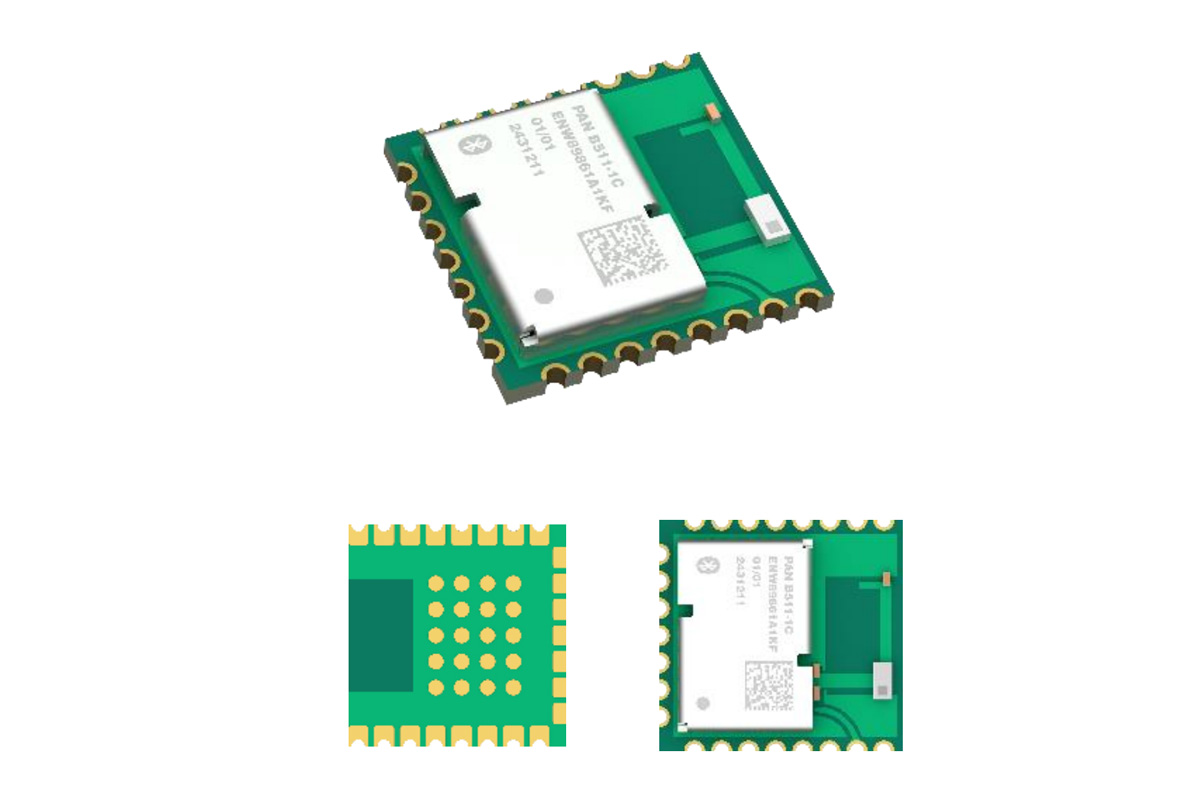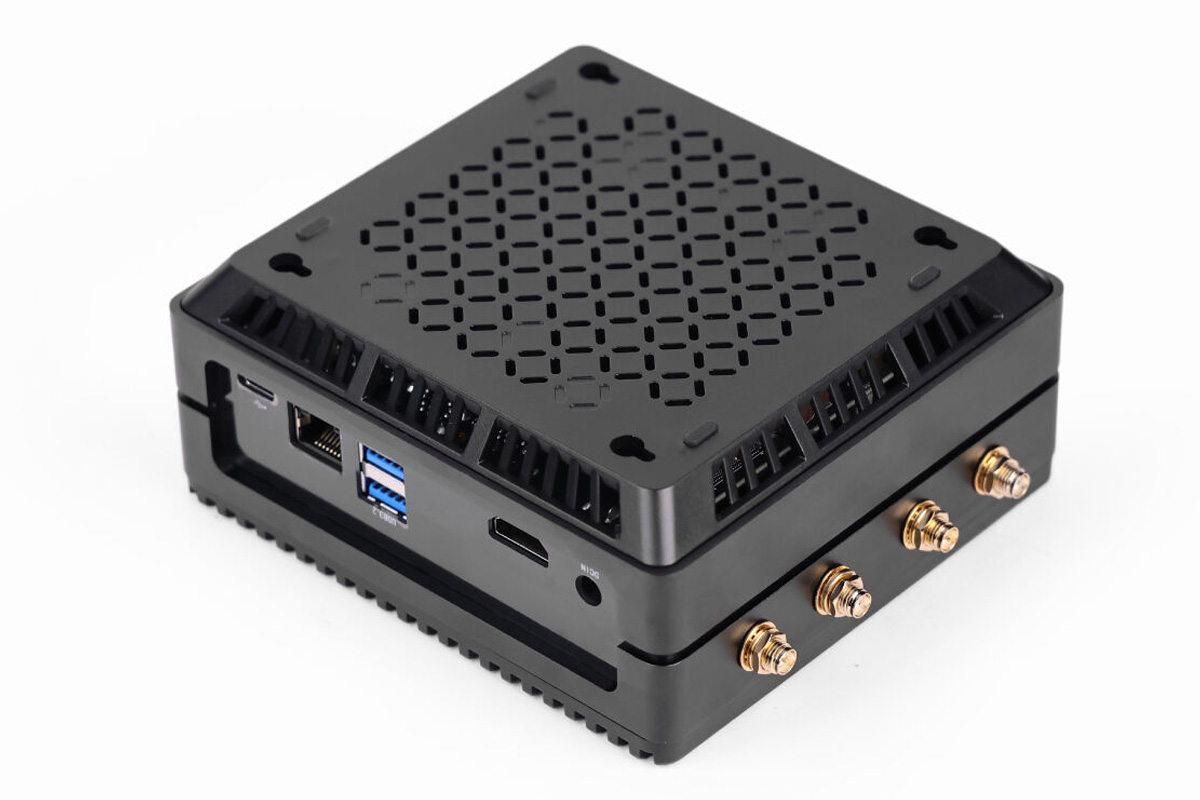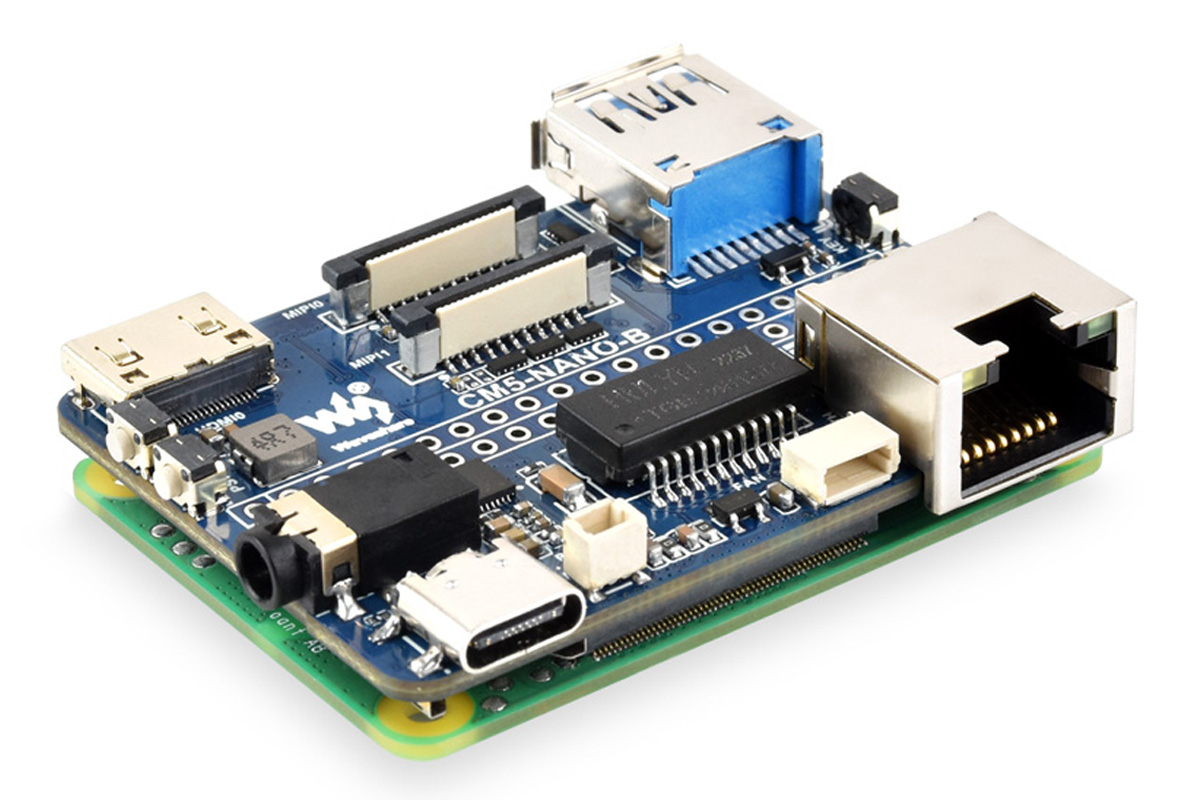LILYGO has recently introduced the T-Watch S3 Plus, an ESP32-S3 smartwatch which can be considered an upgrade from the previous generation T-Watch S3, adding a u-blox MIA-M10Q GPS and a larger 940mAh LiPo battery for extended battery life. The T-Watch S3 Plus smartwatch still supports Wi-Fi, Bluetooth LE, and LoRa connectivity, and integrates a 1.54-inch 16-bit full-color TFT LCD display with capacitive touch and a wide-viewing angle. The smartwatch also features an infrared (IR) transmitter that can be used for remote control or proximity detection. T-Watch S3 Plus specifications Wireless MCU – Espressif Systems ESP32-S3 CPU – Dual-Core 32-bit Tensilica LX7 @ up to 240 MHz with vector instructions for AI/ML acceleration Memory – 512KB SRAM, 8MB PSRAM Storage – 16MB flash, 384KB ROM Wireless – Wi-Fi 4 and Bluetooth 5 LE/Mesh Display – 1.54-inch 16-bit full color TFT LCD display with 240×240 resolution, capacitive touch; ST7789V SPI controller Audio – […]
Batteryless 7.5-inch NFC-powered e-paper display V2 gets new NFC chip and “fast flashing method”
Back in 2020, we wrote about Waveshare’s Batteryless NFC e-paper display, which can work without a battery and draws power and data from an NFC-enabled smartphone or the company’s ST25R3911B NFC board. Waveshare has now released a V2 version of this display with a new and improved NFC chip, a “fast flashing method”, and enhanced contrast. The new batteryless, 7.5-inch NFC-powered e-paper display features an 800×480 resolution and updates via an NFC-enabled smartphone or reader. It offers a 170° viewing angle and comes in a durable ABS plastic shell. The ST25R3911B NFC board allows updates via USB, SD card, or serial port, with an optional password lock. However, precise NFC positioning is required for updates. These features make it ideal for shelf labels, equipment tags, and other applications. Waveshare 7.5-inch NFC e-paper display V2 specifications: 7.5-inch e-paper display 800×480 resolution Display color black and white 170° viewing angle Refresh Time […]
Flipper Blackhat is a Flipper Zero dual-band Wi-Fi card with an Allwinner A33 processor
Developed by Rootkit Labs in Switzerland, the Flipper Blackhat is an open-source Allwinner A33-based Flipper Zero dual-band Wi-Fi card running Linux and designed for penetration testing, cybersecurity research, and wireless network analysis. Built around an Allwinner A33 quad-core 1.5GHz processor, it comes with 1GB RAM, and an onboard 2.4GHz WiFi radio (RTL8723DS), with additional connectivity via two USB-A ports and one USB-C (FTDI-connected). The package also includes a 5GHz USB WiFi dongle (RTL8821CU) and a WiFi antenna for the built-in radio but requires an SD card and Flipper device separately. Flipper Blackhat Specifications: SoC – Allwinner A33 CPU – Quad-core Arm Cortex-A7 processor GPU – Arm Mali-400 MP2 VPU – 1080p60 H.264, VP8, MPEG 1/2/4, JPEG/MJPEG video decoding 1080p60 H.264 video encoding Memory – 1GB RAM Storage – SD Card slot Wireless Connectivity Realtek RTL8723DS 2.4 GHz Wi-Fi Includes Realtek RTL8821CU 5 GHz USB Wi-Fi dongle Supports additional third-party Wi-Fi […]
u-blox DAN-F10N – The world’s smallest dual-band (L1/L5) GNSS module with an integrated patch antenna fits in a 4cm2 package
u-blox has recently announced the world’s smallest L1, L5 dual-band GNSS module with an integrated patch antenna for precise meter-level positioning in applications such as asset tracking, telematics, industrial automation, consumer UAVs, and sports trackers. The module features a compact 20x20x8mm dual-band patch antenna with a unique packaging technology, enabling surface mounting for automated manufacturing and simplified integration. Its SAW-LNA-SAW RF architecture and an LTE B13 notch filter in the L1 RF path enhance out-of-band jamming immunity, ensuring smooth operation near cellular modems. The module includes internal flash memory for firmware upgrades and supports an antenna switch function for operation with an external active GNSS antenna. DAN-F10N GNSS module specifications: Storage – Internal Flash for firmware GNSS receiver u-blox F10 engine GPS: L1 C/A, L5 QZSS: L1C/A, L1S, L1Sb, L5 Galileo: E1B/C, E5a BeiDou: B1C, B2a NavIC: L5 SBAS: L1 C/A, BDSBAS B1C Communication protocol NMEA UBX binary RTCM v. […]
Panasonic PAN B511-1C Bluetooth 6.0 and 802.15.4 module features castellated holes and LGA footprint
Panasonic industry has recently introduced the PAN B511-1C Bluetooth 6.0 and 802.15.4 module based on the Nordic Semi nRF54L15 SoC and designed for ultra-low-power wireless communication. The compact module integrates a chip antenna, 32MBit flash memory, two Crystals, and the Nordic nRF54L51 which provides a 128 MHz Arm Cortex-M33 microcontroller with Bluetooth 6.0 (LE), Thread, Zigbee, and Matter, along with multiple peripherals such as SPI, UART, I2S, PWM, and ADC. The PAN B511-1C also implements security features to support secure boot, secure firmware updates, cryptographic acceleration, and tamper detection, making it suitable for a range of IoT, industrial automation, smart home, medical (wearables), and battery-powered applications. PAN B511-1C module specification: SoC – Nordic Semiconductor nRF54L15 MCU cores Arm Cortex-M33 with Arm TrustZone @ 128MHz RISC-V coprocessor for software-defined peripheral Memory – 256KB SRAM Storage – 1.5MB non-volatile memory Wireless Bluetooth 6.0 Data rates – 2Mbps, 1Mbps, 500kbps, 125kbps Features AoA / […]
Seeed reComputer J3010B Edge AI PC features NVIDIA Jetson Orin Nano with up to 67 TOPS of AI performance
Seeed Studio’s reComputer J3010B Edge AI PC is built around the NVIDIA Jetson Orin Nano module, which offers up to 67 TOPS AI performance (67 TOPS in super mode), with up to 8GB LPDDR5 memory, and a pre-installed 128GB NVMe SSD for storage. The mini PC features two USB 3.2 ports, HDMI 2.1 video output, a Gigabit Ethernet jack, M.2 slots for SSD and Wi-Fi, a mini PCIe socket for LTE, a 40-pin GPIO header, and a 12-pin UART header. With a compact aluminum case and active cooling, it has an operating temperature range of -10 to 60°C and can be powered via a DC 9-19V input. These features make this device useful for AI, IoT, and edge computing applications, such as smart lampposts for traffic monitoring, EV battery swapping and charging systems, smart recycling centers for waste management, and more. reComputer J3010B specifications: SoM options NVIDIA Jetson Orin Nano […]
IMDT V2N Renesas RZ/V2N SoM powers Edge AI SBC with HDMI, MIPI DSI, dual GbE, WiFi 4, and more
IMD Technologies has recently introduced the IMDT V2N SoM based on the newly launched Renesas RZ/V2N low-power AI MPU and its SBC carrier board designed for robotics, smart cities, industrial automation, and IoT applications. The SoM ships with 8GB RAM and 32GB eMMC flash, and supports various interfaces through B2B connectors including two 4-lane MIPI CSI-2 interfaces, a MIPI DSI display interface, and more. The SBC supports MIPI DSI or HDMI video output, dual GbE, WiFi 4 and Bluetooth 5.2, as well as expansion capabilities through M.2 sockets. IMDT V2N SBC specifications: IMDT V2N SoM SoC – Renesas RZ/V2N Application Processor – Quad-core Arm Cortex-A55 @ 1.8 GHz (0.9V) / 1.1 GHz (0.8V) L1 cache – 32KB I-cache (with parity) + 32KB D-cache (with ECC) per core L3 cache – 1MB (with ECC, max frequency 1.26 GHz) Neon, FPU, MMU, and cryptographic extension (for security models) Armv8-A architecture System Manager […]
Waveshare CM5-NANO-B is a compact Raspberry Pi CM5 carrier board with the same dimensions as the Compute Module 5
Waveshare has just released the CM5-NANO-B, a compact Raspberry Pi CM5 carrier board, with the same dimensions as the Compute Module 5 and multiple peripheral interfaces making it suitable for industrial automation, IoT, embedded computing, AI development, and other space-constrained applications. Key features include a Gigabit Ethernet RJ45 port, an unpopulated 40-pin Raspberry Pi GPIO header, a USB 3.2 Gen1 Type-A port, dual MIPI 4-lane interfaces, a mini HDMI port supporting 4K output, a USB audio 3.5mm jack, a microSD card slot, and a 16-pin PCIe Gen2/3 x1 connector. Power is supplied via a USB-C port (5V/5A), and additional features include an RTC battery header, a 4-pin PWM fan header, a dual-color LED indicator, and user-configurable buttons. Waveshare CM5-NANO-B specifications: Compatibility – Raspberry Pi Compute Module 5 (CM5) Storage – MicroSD card slot (for Raspberry Pi CM5 Lite) Display Mini HDMI output up to 4K resolution Up to 2x MIPI […]


